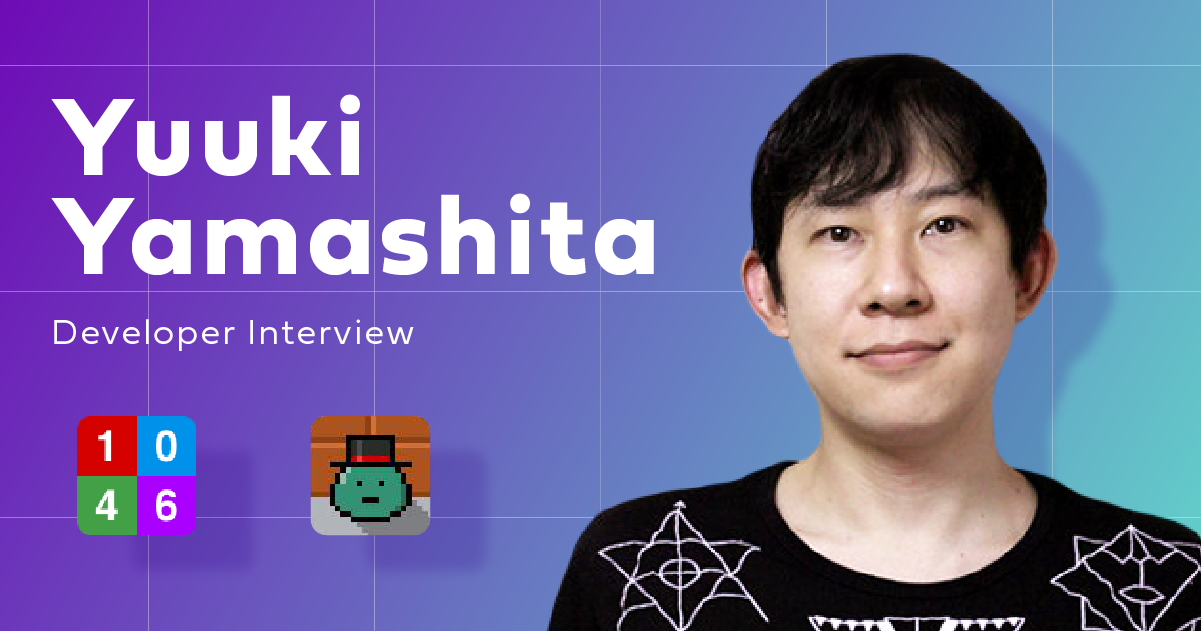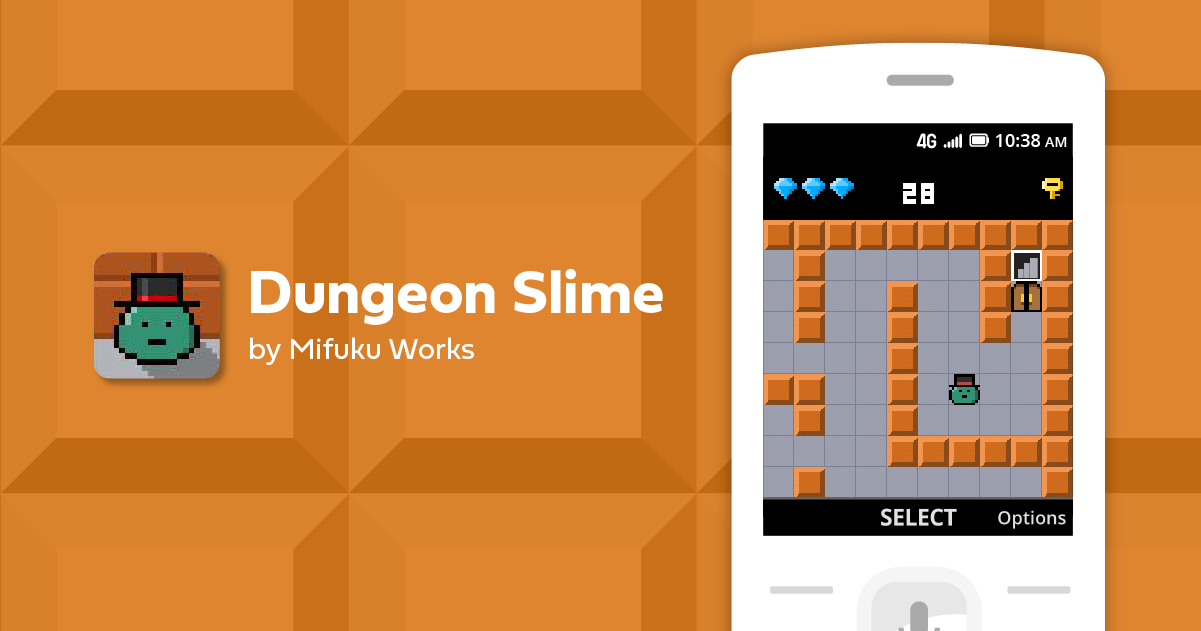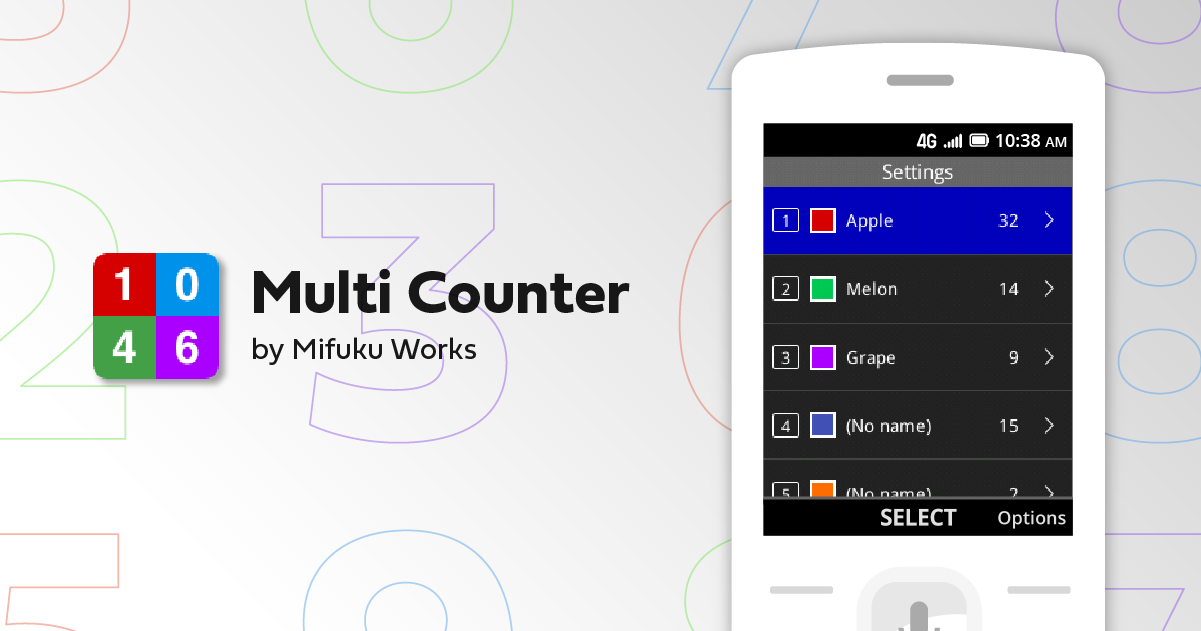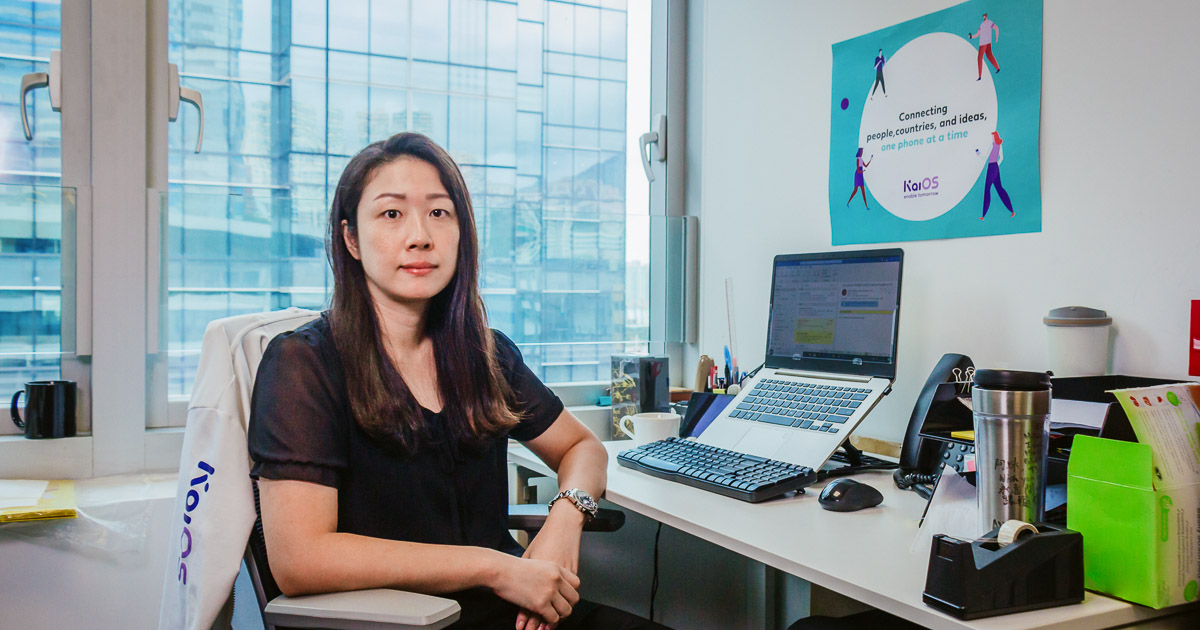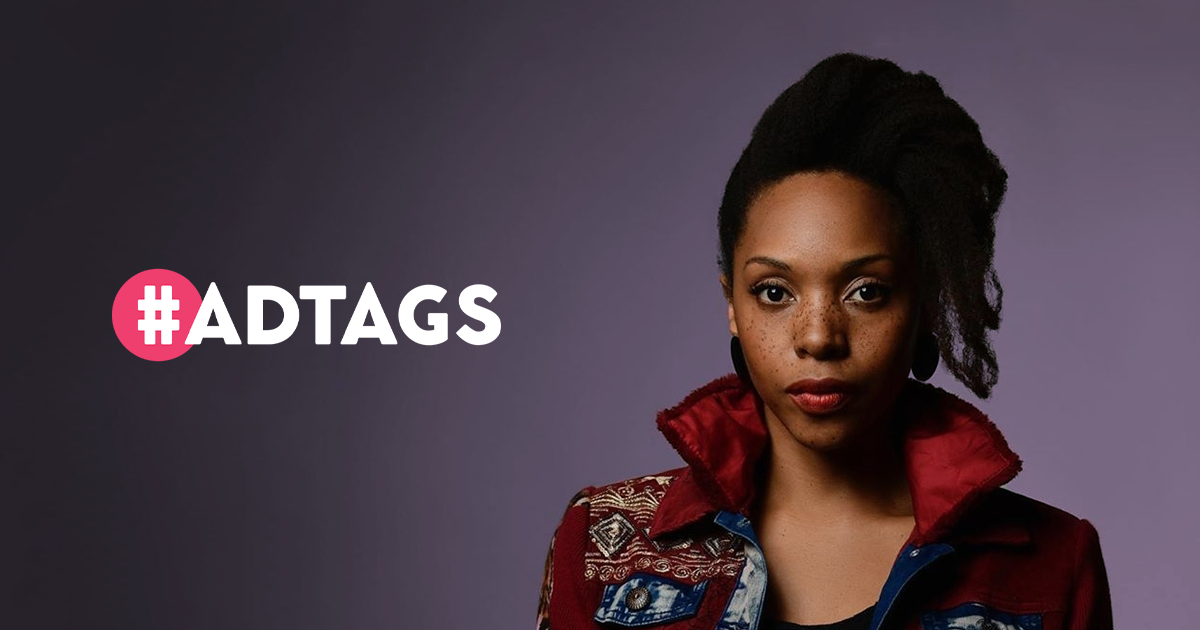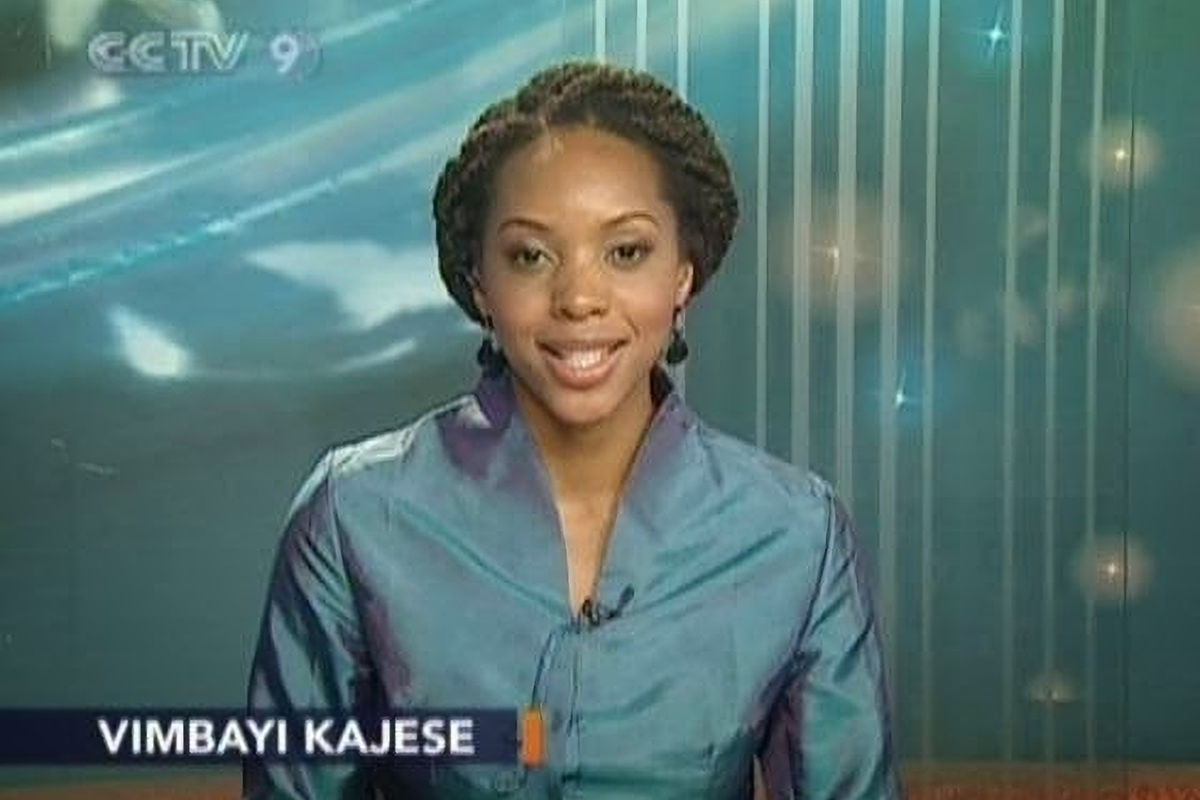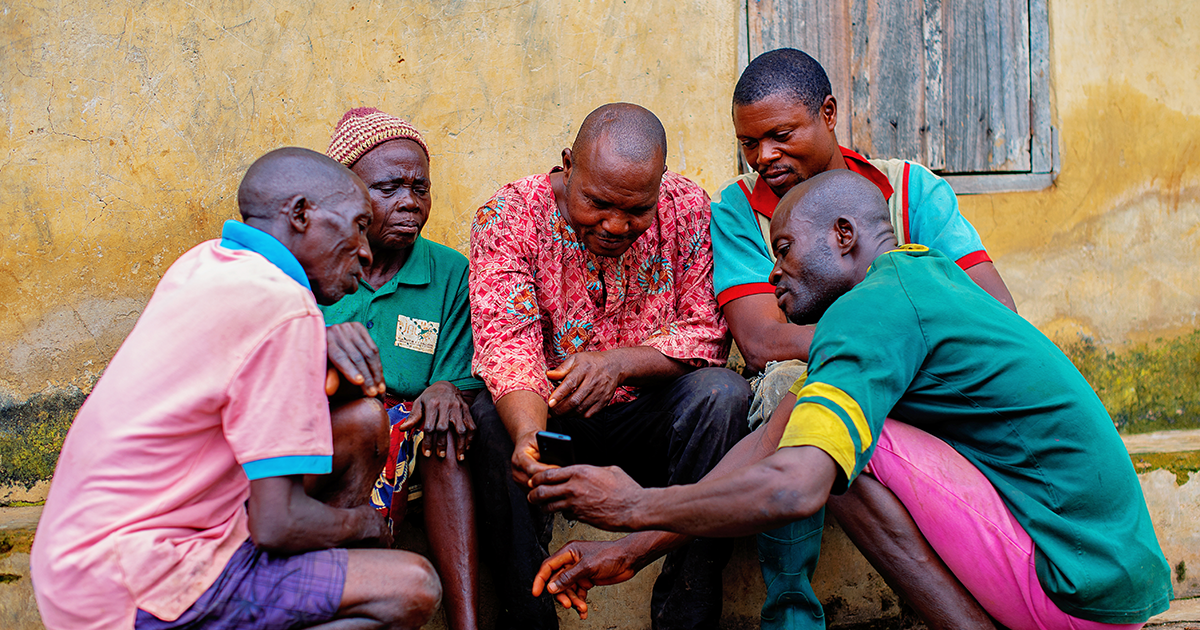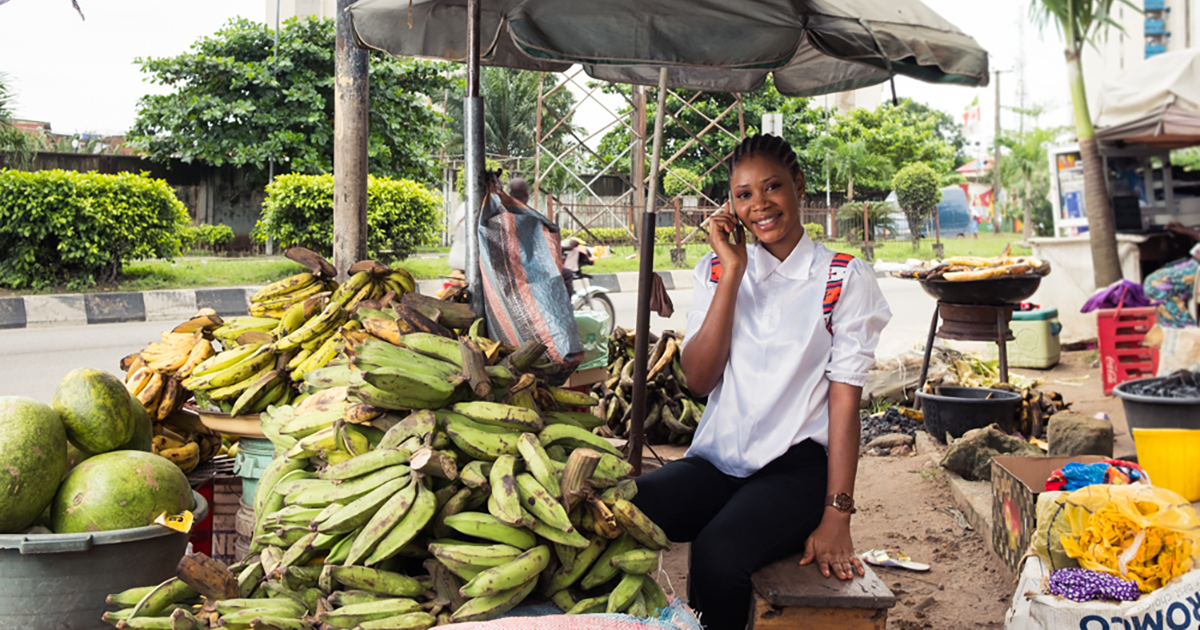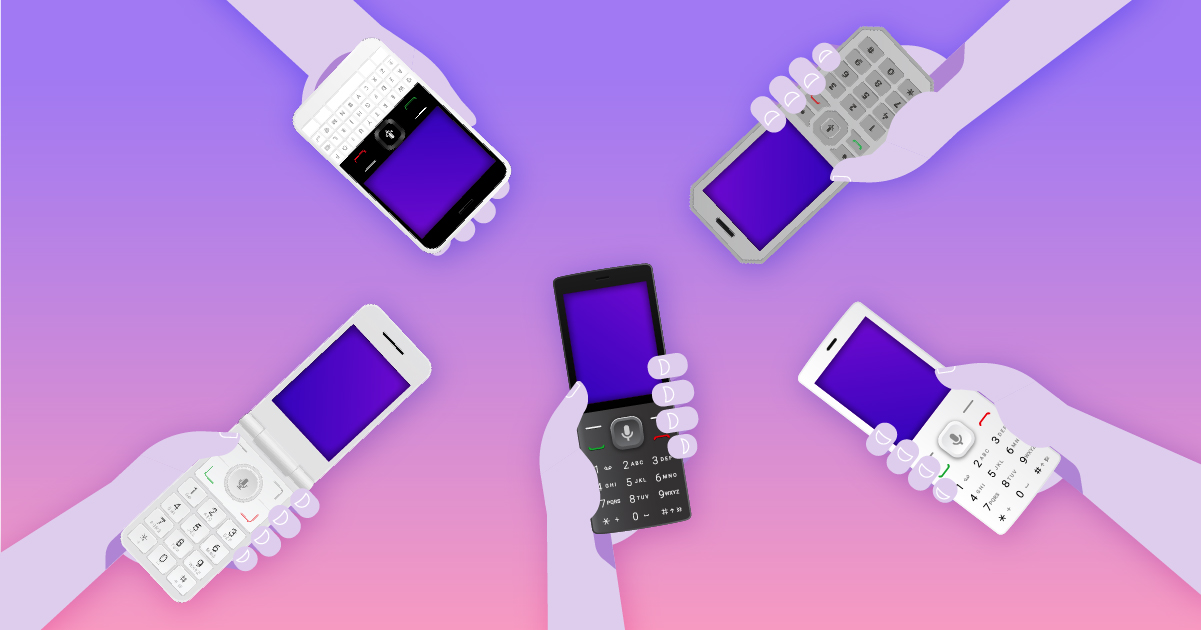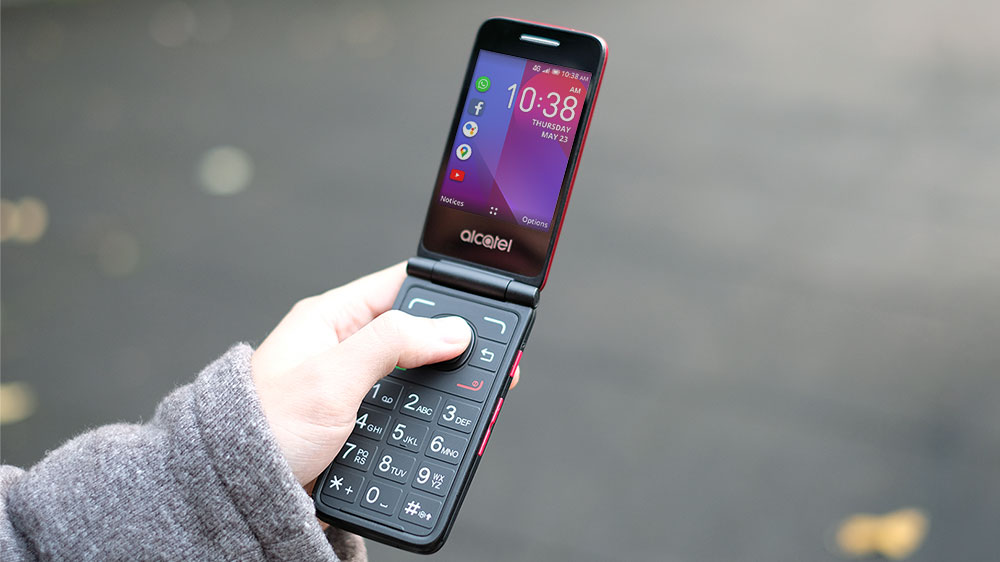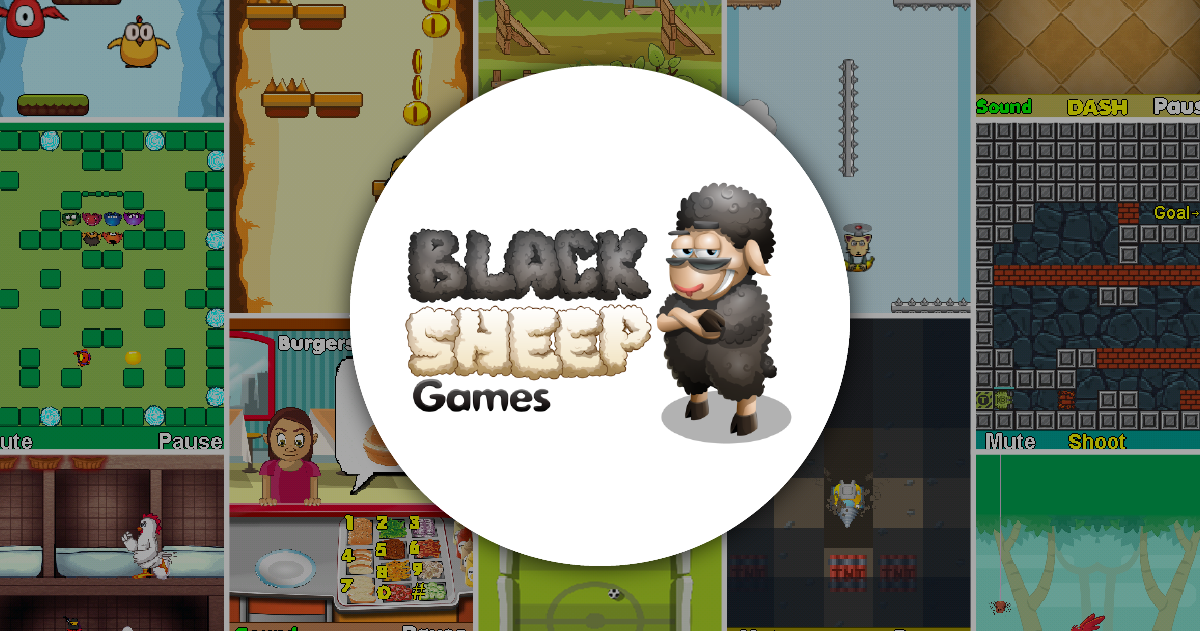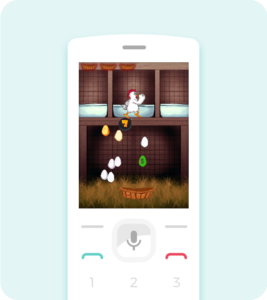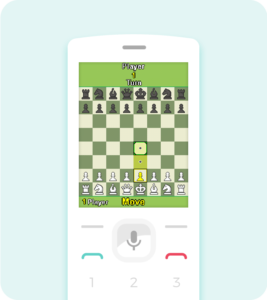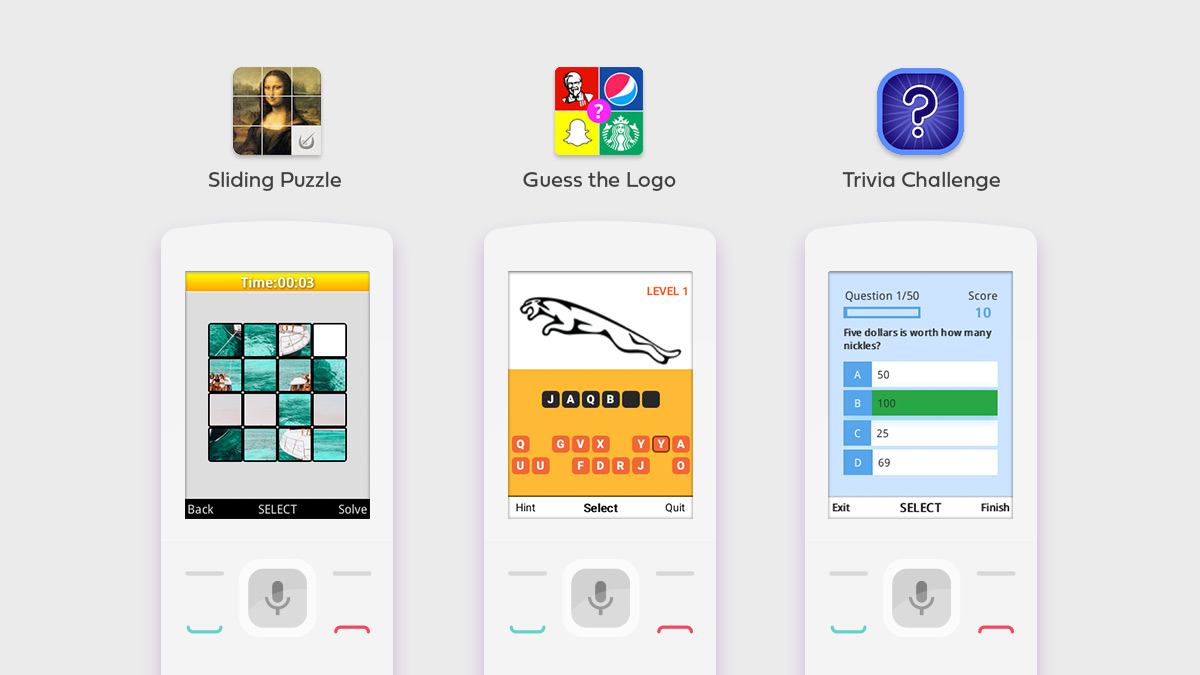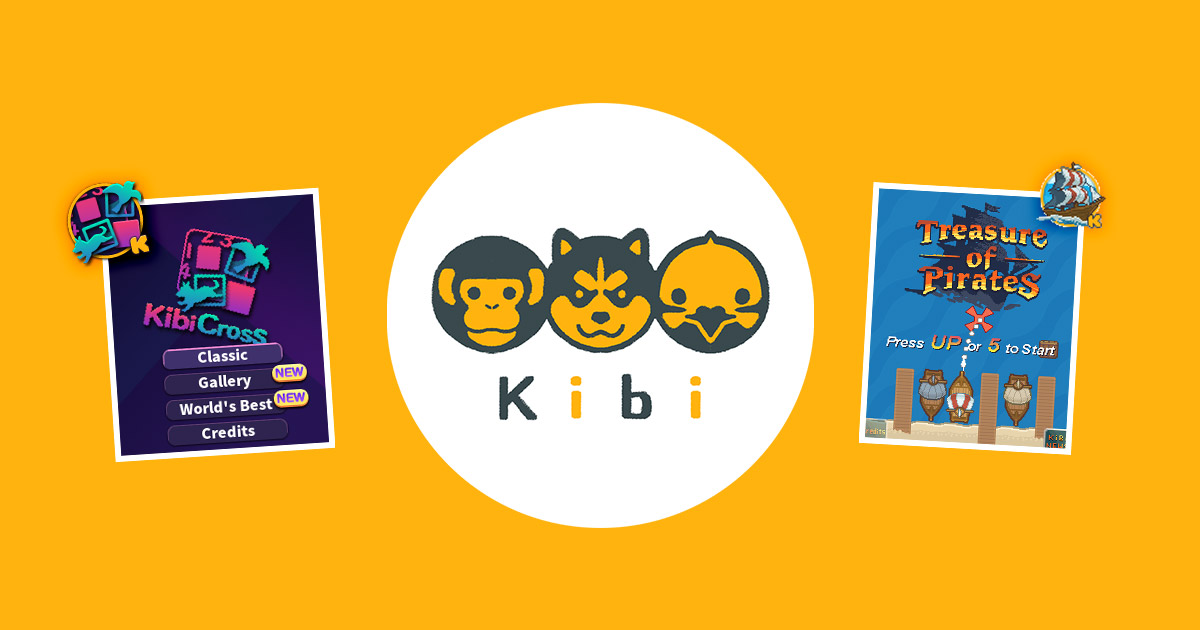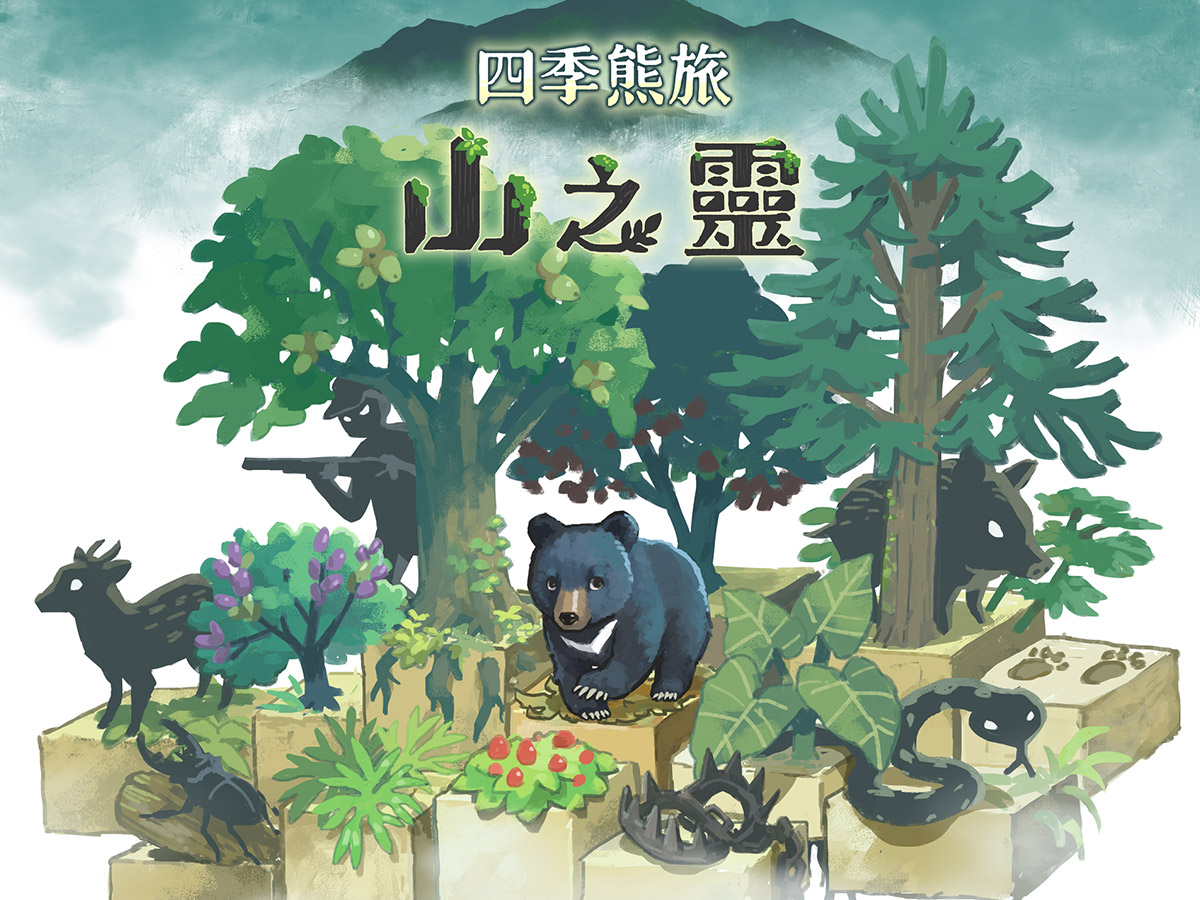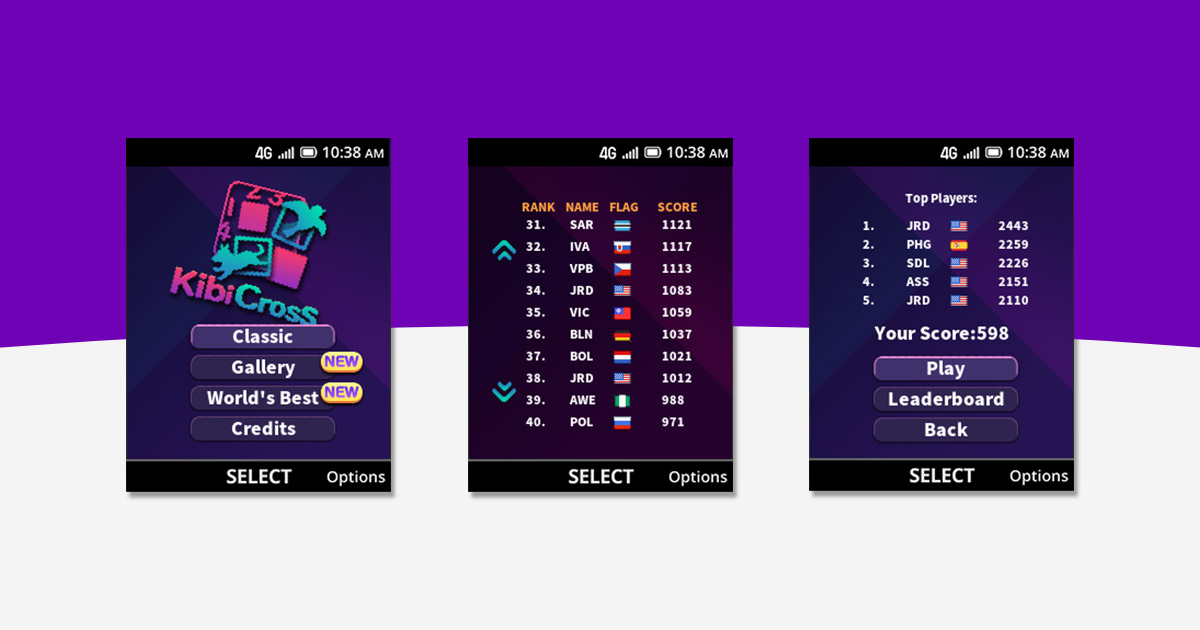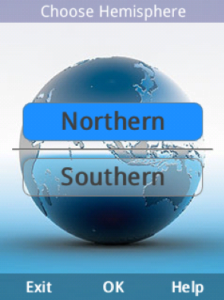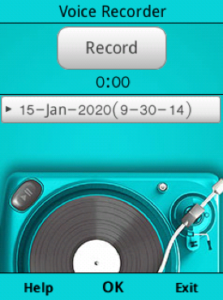Agnes Lo, HR manager at KaiOS for Hong Kong, the US, France, and remote staff in Africa, talks about recruitment at KaiOS and shares tips for job candidates.
What’s the best part about working for KaiOS?
Our mission. We get feedback from users thanking us for helping them connect to the internet. I mention this to candidates because I believe it’s what makes KaiOS special: When you work for KaiOS, you’re working towards something meaningful.
What’s the culture at KaiOS like?
We’re a Hong Kong-based company with offices worldwide. Even our Hong Kong office is very diverse: Half of the team members here relocated from other countries, so we have about 10 nationalities represented.
Our company culture is a mix of Chinese and Western. Western influence means a more flexible, open-minded environment for employees and an emphasis on communication. At the Hong Kong office, the team meets weekly to share updates on new products and projects. The Chinese influence can be seen in our attention to detail. I try to strike a balance between East and West.
Can you talk more about diversity at KaiOS?
We’re always working hard to make our recruitment processes even more inclusive. For example, we’re exploring new sources of hire, such as virtual networking events, to attract diverse candidates, especially women.
We’re also striving to remove human biases from the screening process by, for example, sending blind CVs to department heads so that they can’t see a candidate’s nationality, gender, or age.
What’s the recruitment process at KaiOS like?
We post jobs in different channels—job boards, our website, and LinkedIn. We also announce vacancies internally to get referrals. For hard-to-find positions, we actively source on LinkedIn.
When candidates apply, they get a confirmation email right away. It usually takes a few days for a candidate to know if they are moving forward or not in the recruitment process.
If they do move forward, we ask them to complete a take-home assignment. The type of assignment will depend on the position, but it usually consists of open-ended questions related to the job duties. There are no right answers; we just want to see how candidates think. For example, a developer might be asked to explain how they would go about fixing a bug.
If the candidate passes the test, we schedule interviews. Not just with team leads and HR, but also with team members, so that candidates can hear different perspectives and learn more about the position. Right now, these interviews are happening online because of the pandemic, but we usually do them in person with candidates who are local.
From application to offer, a recruitment process takes around three weeks. We aim to move as quickly as possible and to check in with candidates often. We do our best to provide a good experience even to the candidates that don’t end up moving forward, and we share feedback that can help them get hired in the future.
What kinds of people is KaiOS looking to hire?
People who are skilled, innovative, and eager to speak up and share their ideas.
We don’t hire based on educational background. We don’t ask that candidates have five years’ experience. We hire for skills, not certificates.
Some of our employees who work in tech don’t even have a background in tech—they studied Psychology, Marketing, or Engineering. But they were interested in coding, took courses, worked really hard, trained intensely for months. They proved that they were interested in the industry, taught themselves, and we hired them.
How did you get started at KaiOS?
Before starting as HR manager at KaiOS, I’d worked in HR and admin for 10 years. Many HR professionals focus on a specific niche—construction, finance, manufacturing. I worked for a company that made snowboarding and fishing equipment; for another that did waste treatment; at a financial institution; at TCL, a manufacturer company; and finally, in January 2018, I joined KaiOS, a software development company.
What are your current responsibilities?
50% of my job is recruitment. I was an HR generalist for a long time; now I’m focused on recruitment. My personality is outgoing and I like to communicate with people, so it suits me.
I also do HR and admin work. As I said earlier, we are organized and detail-oriented, so we have great review processes in place and standards for everything. My HR duties include doing performance appraisals, salary reviews, bonus releases, and communicating with employees. I believe in checking in with and supporting employees, not just enforcing company policies.
My admin work involves opening, registering, and staffing offices. I set up our offices in the US and France and their insurance plans, social benefits, and pension schemes. I had no previous experience with this, so I had to research, talk to other professionals, and learn about different jurisdictions. It’s all very complicated, especially in France!
How has KaiOS changed since you joined?
When I joined, there were only seven people in the Hong Kong office. Now we’re around 65 in Hong Kong, Paris, San Diego, and Africa. And we’re recruiting like crazy!
In all your time working for KaiOS, what are you most proud of?
Building a strong, talented team at our Hong Kong office. I was a little lost in the beginning. But slowly I was able to learn more about the skills we needed and the talent we were looking for and was able to grow a team from 7 to 65 hard-to-find employees, half of whom are not local. That’s been my biggest achievement in two years.
Interested in building the fastest-growing mobile OS? Check out our openings!
